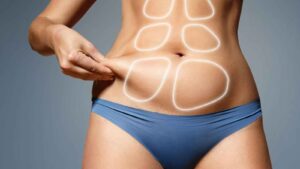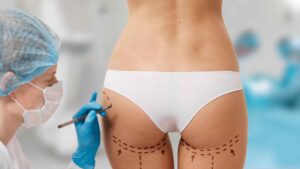Liposuction has come a long way since its inception, evolving from a basic fat removal technique into a sophisticated procedure with various methods tailored to individual needs. This comprehensive guide delves into the history, advancements, and what patients can expect when considering liposuction.
Symptoms of Silicone Poisoning: What to Know After PIP Implant Removal




